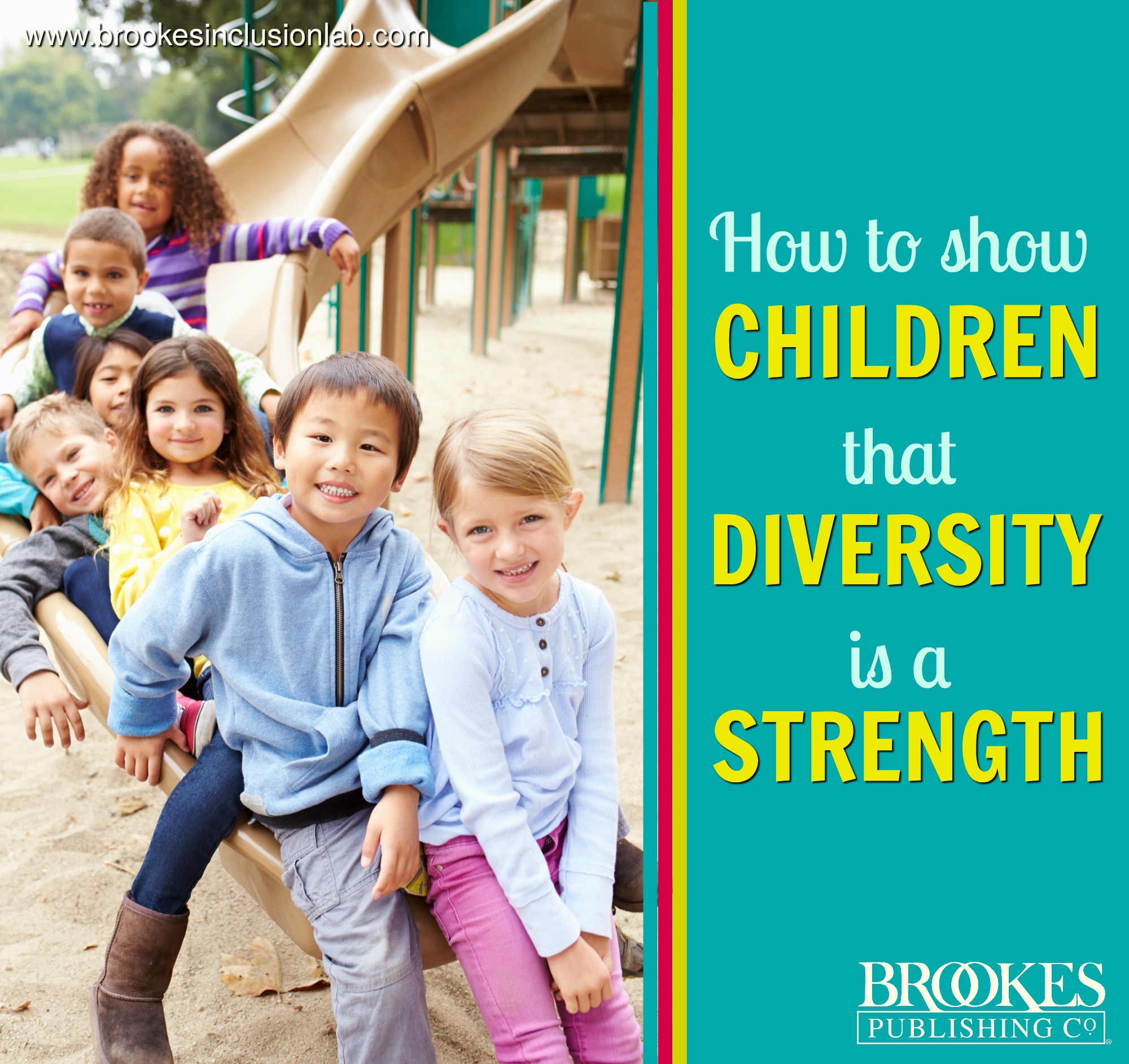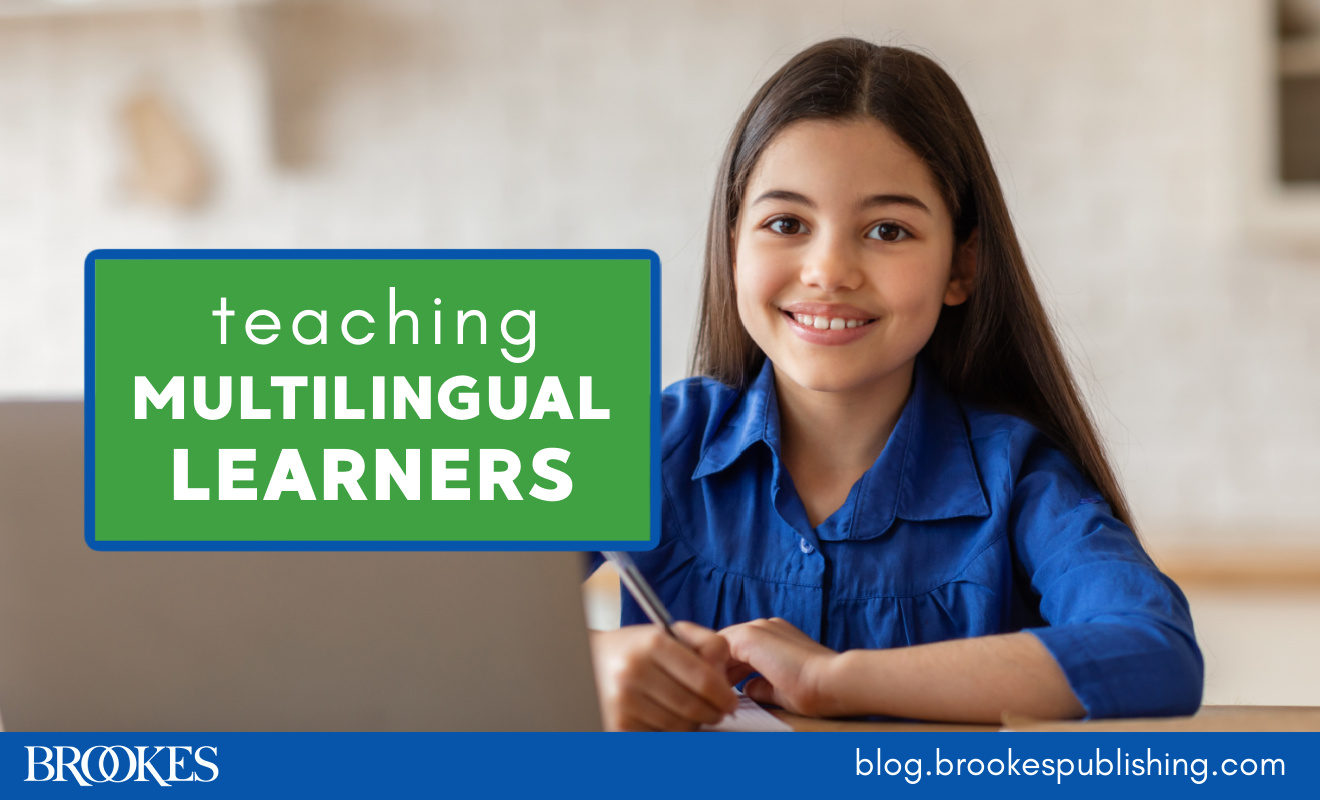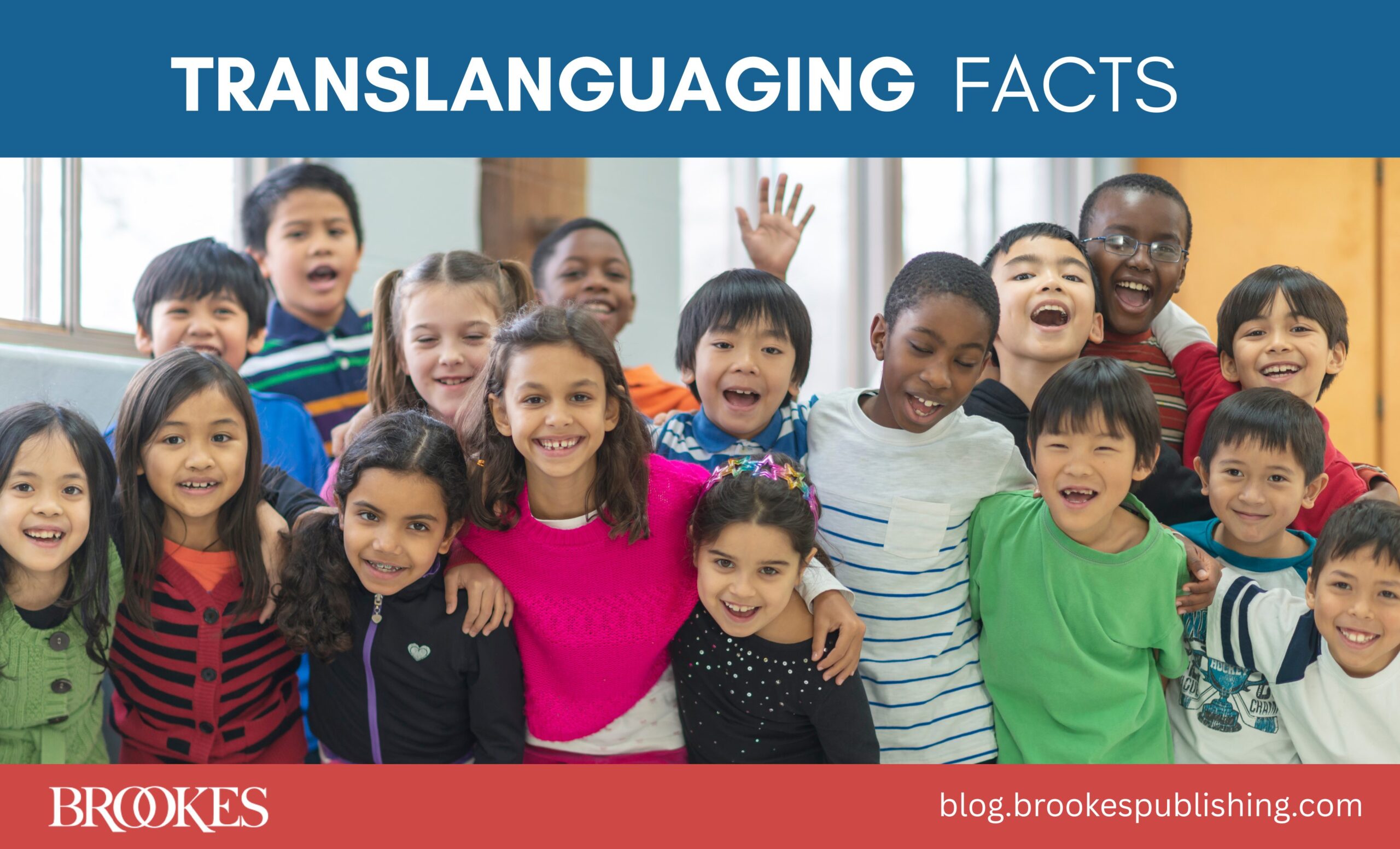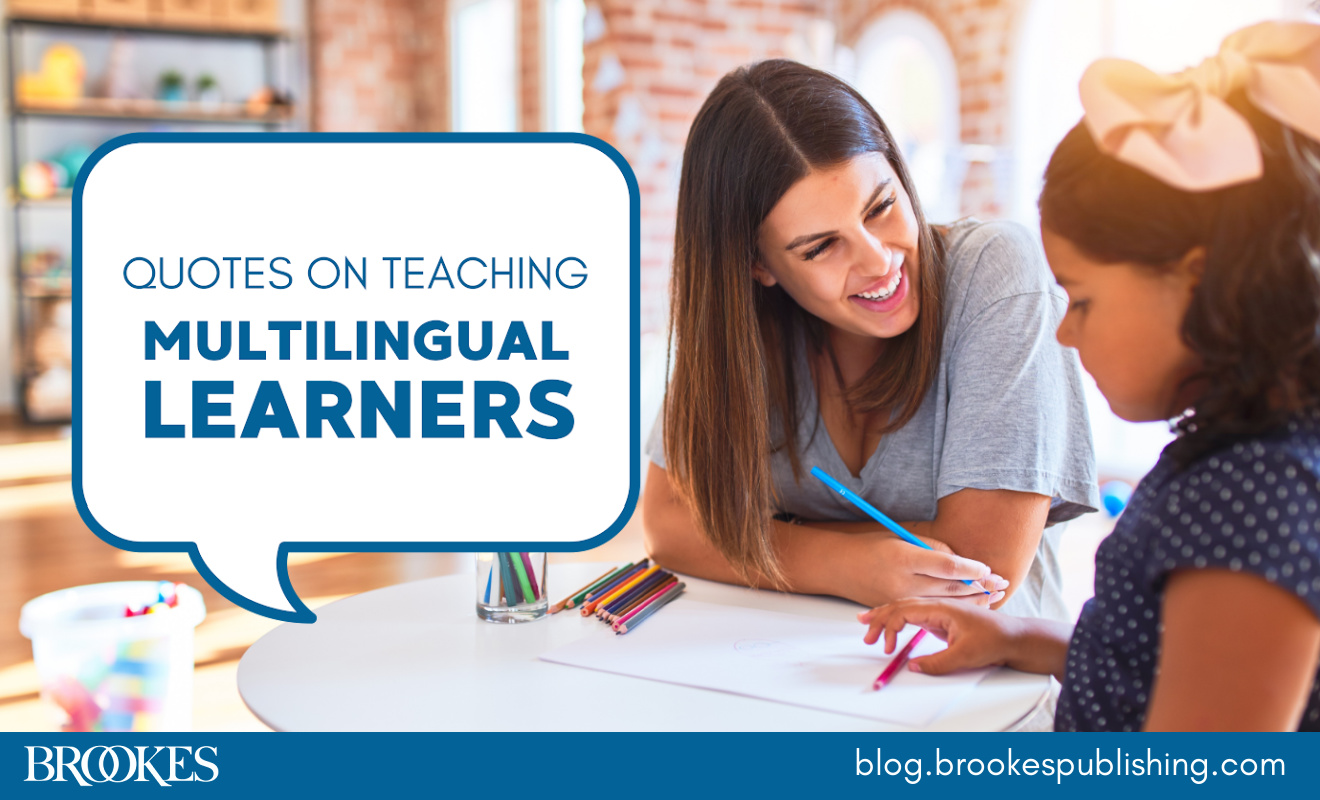8 Ways to Show Young Children that Diversity is a Strength
October 3, 2017
As young children enter their first years of school, they’ll get to know peers with a wide variety of abilities, cultures, languages, and backgrounds. It’s totally natural for them to notice similarities and differences and express curiosity, and it’s up to the grownups in their lives to not only model acceptance of diversity, but to frame it as a strength.
Use the tips in today’s blog post to help children appreciate the similarities and differences between themselves and others—and reassure them that talking about differences is okay and encouraged. Excerpted and adapted from the book 45 Strategies That Support Young Dual Language Learners by Shauna L. Tominey & Elisabeth C. O’Bryon, these practical strategies are a great starting point for helping all young learners appreciate other cultures, values, and beliefs.
Here are 8 things you can do to show children that diversity is a strength:
Choose classroom themes that celebrate diversity
Make multicultural messages a part of your regular themes and classroom practices all year long. For example, instead of inviting diverse families to share favorite traditions with the class once a year in the winter, embed these cultural experiences and conversations regularly throughout the school year. Have conversations with your students that help them view these multicultural lessons with an open mind—you might say, “This is a holiday my family doesn’t celebrate. I think it’s really fun to learn about other traditions!” Amplifying the perspectives of diverse children and families all year round will help children see that culture is all around them, not just something they learn about during holidays.
Celebrate similarities and differences with charts and artwork
During class discussions, point out how wonderful it is to have so many children in the class with similarities and differences, and how differences make each of us unique and special. Then, with your students’ help, create a chart with all the children’s different eye colors, hair colors/lengths, favorite foods, likes and dislikes, favorite stories, and/or family traditions. Reserve a bulletin board or shelf for displaying artwork or classroom charts that celebrate the many ways children are alike and different. Proudly displaying similarities and differences is an excellent way to teach students to value diversity.
Help children verbally share the things that make them special
Build children’s cultural identity and boost self-esteem by giving them chances to share their strengths with the class. Begin by talking with your class about how important it is to help other people feel good about themselves. Emphasize how scary it can be to feel like you are different from other people, and how brave it is to share things that are unique about yourself or your family. Then provide your students with an opportunity to share interesting facts about themselves, their families, and their passions and talents. Teach kids words they can say to support one another and make each other feel valued during the share sessions: “That’s cool! I never knew that before!” “I like the way you do that.” “Can you tell me more about that?”
Teach children it’s okay to ask questions
Sometimes, children are taught that asking questions is rude and intrusive—when it’s actually a great way to learn about differences. Rather than stigmatizing questions, show children how to ask them sensitively and appropriately. For example, if you overhear a student pointing out something she notices about another classmate—“Why does he wear glasses?—guide the two children in having a conversation about the difference. “Emma was wondering why you wear glasses, Julio. Can you tell us about your glasses?”
Have open conversations about stereotypes and biases
The roots of biased viewpoints take hold when children are young. To reduce bias and support children’s development of compassion and understanding, explicitly tackle stereotypes and biases in your early childhood classroom. For example, as you paint class portraits, talk about how great it is to see so many similarities and differences—but also point out that sometimes people treat other people badly or differently because of their looks, the color of their skin, their cultural beliefs, or their gender. Share with children that this is unfair and is not how people should treat one another. In an increasingly diverse global society, it’s important to have conversations like these to reduce the likelihood that children will adopt biased, stereotypical viewpoints.
Express positive interest in diverse cultures
Show genuine interest and enthusiasm whenever young children share something about themselves, their values, or their culture. You might say things like, “Wow, that is so interesting!,” “I am really glad to learn about that,” “I really like that tradition,” or “My family does things differently from yours, but isn’t it great that there are so many different ways families can show that they love each other?”
Respect and empathize with all children
Regardless of their background or abilities, be sure to treat all children in your classroom as competent, capable learners. When children experience challenges such as communication difficulties or demonstrate behaviors such as temper tantrums, use empathy to show the child you understand where he’s coming from. Use words that respect the child’s perspective: “I know you wanted a turn. It’s disappointing that we ran out of time.” This will reassure your student–and make his experience more understandable to the other children in the class.
Set a good example
Throughout the school day, children will often wonder how to respond to their classmates’ differences and challenges. Stay mindful that they’re looking to you as a model, and resolve to set a good example they can follow. Seeing you respond to diversity in a consistently supportive, empathetic way will teach children positive attitudes and effective strategies, and will assure them that they can look to you for support in the classroom.
***
Each year, you’ll encounter diversity of many different types in your classroom; your students will differ in their language, culture, abilities, socioeconomic status, and developmental levels. Start young children early on the path to respect and acceptance by modeling empathy and displaying enthusiasm for diversity every day. With support from you and the other adults in their lives, all young learners can help each other feel proud, accepted, and valued.
FIND OUT MORE
Want more strategies for modeling acceptance of diversity and supporting young dual language learners? Check out 45 Strategies That Support Young Dual Language Learners, a toolbox of strategies for supporting children and families from diverse backgrounds and promoting children’s academic and social success.




Write a Comment
Your email address will not be published. Required fields are marked *
comments
Early Childhood Education In Australia says
All these points are so true. Diversity is very important when it comes to child's future. Promoting children to have a positive attitude towards everything is important. I'm completely in agreement with all these points. Thanks for the information.
Little Graces says
Thanks for sharing this informative blog. childcare centres can be extremely helpful in the all-round development of kids which includes physical, mental and social development.
Post a Comment